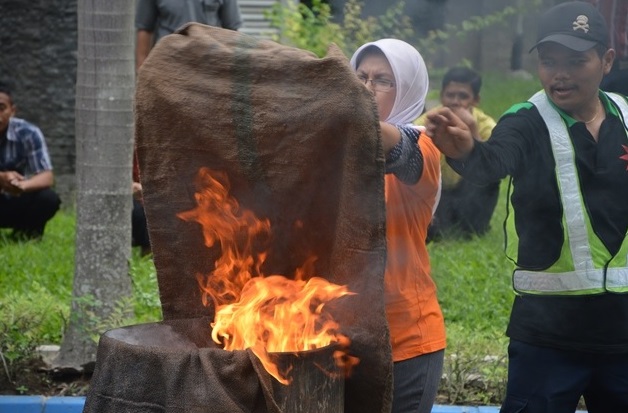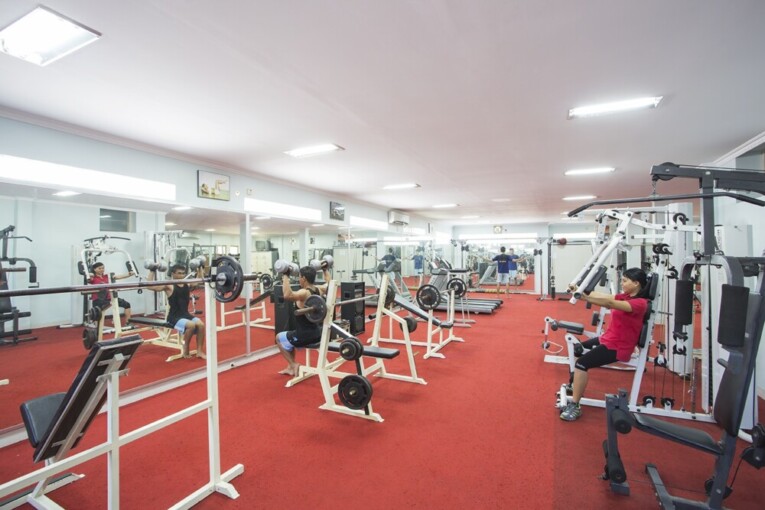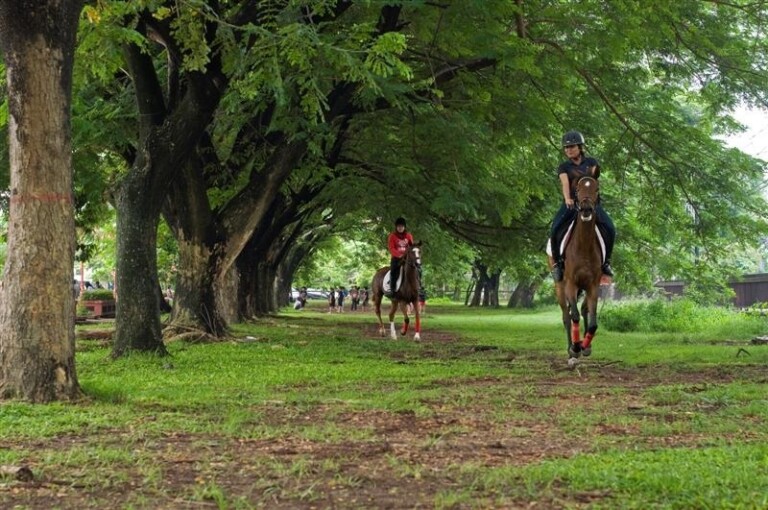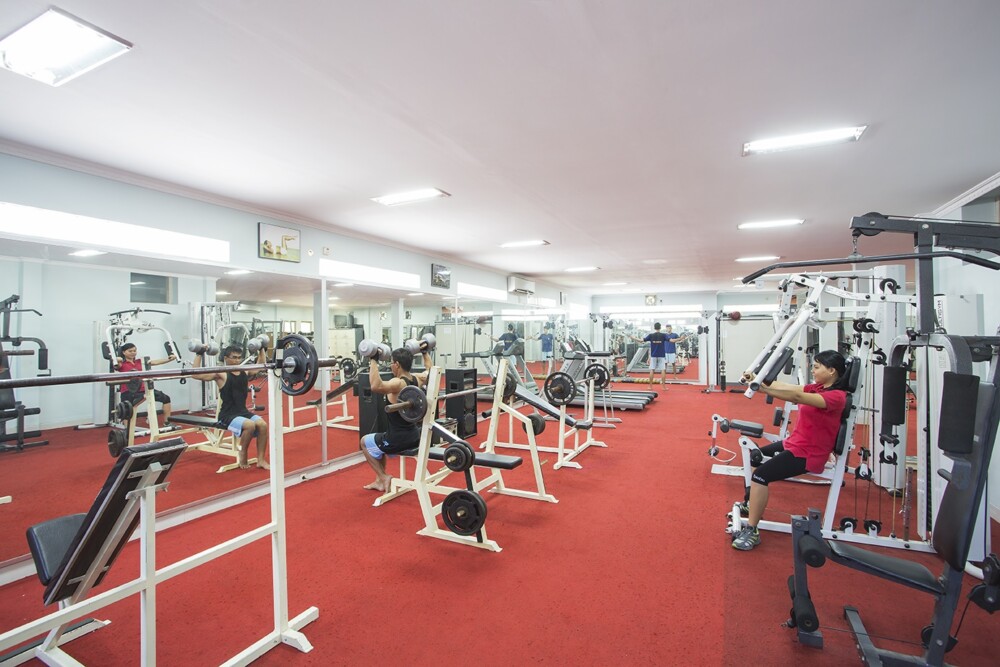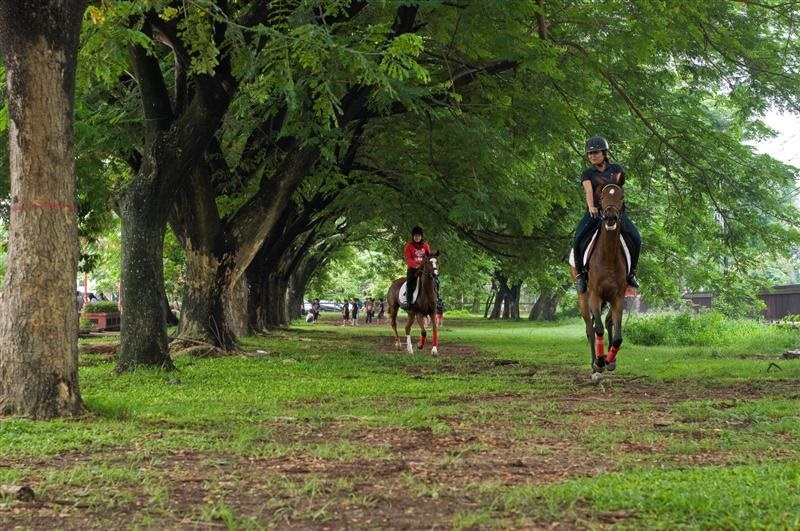At some points on UGM campus, you would see a green sign saying Meeting Point, Evacuation Route, or others. These are made as a sign to deal with situations that are of emergency. They are one policy outcome of UGM related to the Safety, Health, and Environment (SHE) system. SHE regulates not only emergency mechanism in the event of disaster but also efforts to maintain safety and health of all academic community, and protection of living environment of UGM.
“SHE is a behaviour that has to be followed by all members of academic community with the hope that all individuals can behave according to the SHE in their daily lives to save themselves amidst various types of risks,” said Head of Campus Security and Safety, Dr. Noorhadi Rahardjo, on Wednesday (29/6).
On campus, this is realised in the policy on Security, Occupational Health and Environment (K3L) that is designed through identification of hazard potentials. Facilities and infrastructures are developed to support this, such as hydrant installation, patrols vehicles, parking arrangement, waste management, and so on.
With over 300 hectares of campus area, ensuring security on campus is not a piece of cake. Acces to wider public poses another challenge, too. “We realise that we are unique, unlike other universities. UGM is an open university, even physically. It would be easier if we could build perimeter walls, but philosophically, UGM is a campus of the people,” said Head of Safety and Occupational Health unit (PK3), Aminudin Arhab, S.IP.
To settle this issue, one policy that was taken is to limit access to the university at certain hours. In addition, relations with the neighbourhood needs to be maintained so that they are encouraged to help secure the area.
While on environment quality, environment impact analysis is routinely made to ensure that air quality, water quality, and waste management are good. This also relates to the efforts to improve the health quality of all members of academic community. One way is by controlling the food quality and hygiene that is sold at the campus area.
“If the place is not hygienic, how do we guarantee that the food is good and healthy. We want to make sure that UGM students are all healthy, starting from evaluating the foodcourts and training the staff at UGM, including Pujale and UGM Foodcourt,” said Aminudin.


